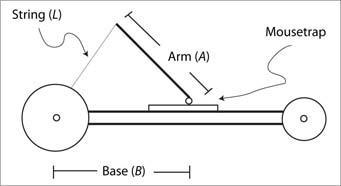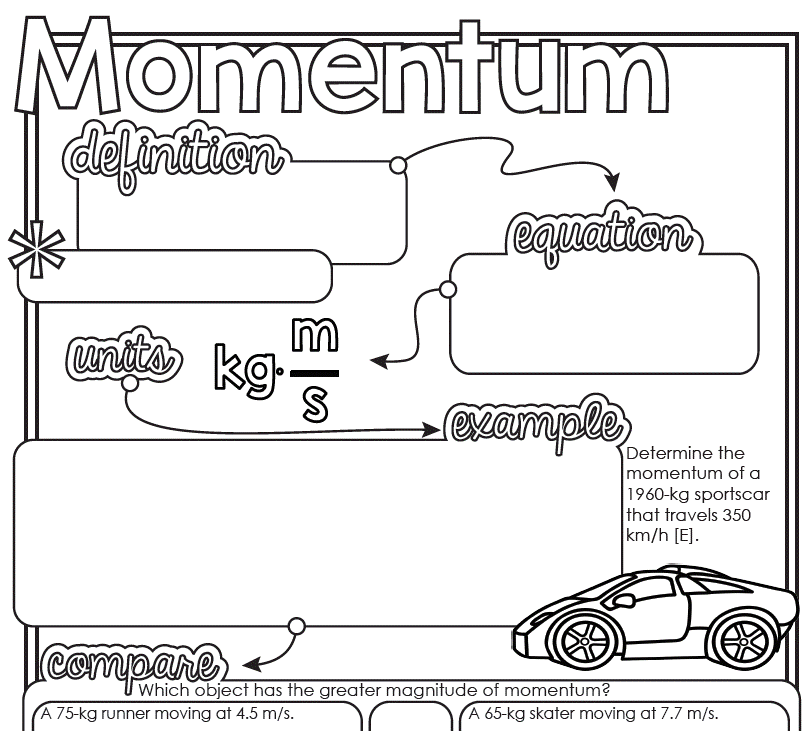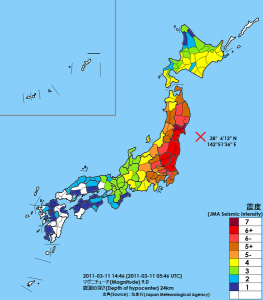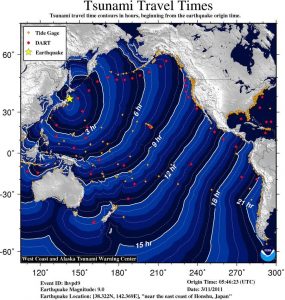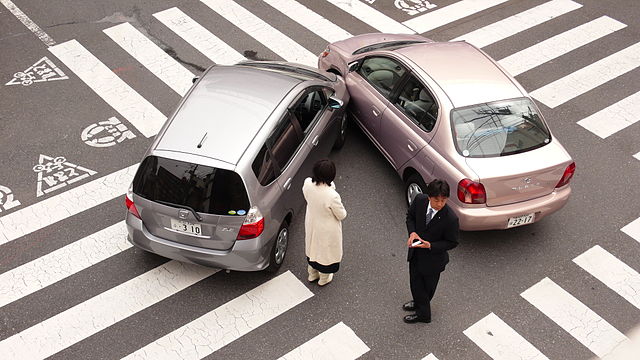Warm up
Earthquake waves carry energy. Which wave travels faster, S or P waves?
Remember to copy the complete question.
Answer
The P waves get there first (primary), so they travel faster.
Today’s agenda
Today we will conduct a Kahoot!.
You will earn classwork credit for completing it, so include all students names (first and last) when you register. Your username will be randomly created, due to too many inappropriate usernames in the past.
You need to take notes as we go through the Kahoot! You may use your notes from today on the quiz tomorrow.
If you would like to review this Kahoot! later, you can view it here.
Returned quiz answers
Waves and energy quiz answers (Jan 31)
Version A
- A
- D
- A
- A
- C
- A
- B
- A
- A
- B
- D
- C
Version B
- A
- C
- A
- A
- D
- A
- B
- A
- B
- D
- C
- A
Quiz: Earthquakes and Tsunamis, 2/24
- .
Weekly quiz: Jan 15

